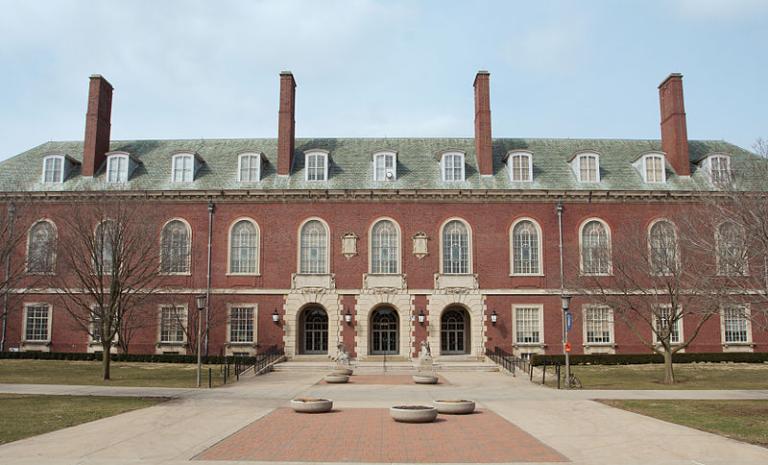(This is just a draft, but I’ll post this for comment as I work on it.)
Let’s do this step-by-step, starting with two conditions:
1. Student loans are dischargeable in bankruptcy. This seems common-sensical. We can add restrictions that loans must be a given number of years old, to try to limit abuse, or specify that they can only be a part of a debt-repayment plan type bankruptcy, rather than wiped out altogether.
2. Student loans are not government-issued or guaranteed. Any lender who issues a student loan is taking a chance in the same way as when they issue a mortgage, or a credit card.
But – but there’s no way students will be able to afford the interest rates! They have no collateral, and they have no credit history.
So: first thought experiment. What if colleges themselves issued the loans? The funds could come from their endowment or from bonds that they themselves would issue. This would certainly require them to be more selective in their admissions, not in terms of top academic achievers, but in terms of those most likely to succeed with gainful employment in their field of study. And of course, this’d be a significant motivator in controlling their own costs.
Update: more thoughts; as I said, a work in progress.
The goal of student loans or other forms of financial aid should be to enable students to attend college, with a debt load that’s manageable afterwards (for both graduates and drop-outs), without creating a moral hazard/”gaming the system” situation for either students (bankruptcy or intentional default) or the universities themselves (raising tuition/R&B; costs with no effort at cost containment, admitting students without a realistic chance of success, practicing price discrimination based on parents’ income and data-mining). Oh, and parents shouldn’t be obliged (by law or otherwise) to take out supplemental loans that endanger their own financial well-being, or imperial their chance at retirement.
Clearly our student loan and financial aid system funnels money to students, but is a bust in terms of these criteria. Average debt loads may be manageable, but that masks the students at the upper end of the distribution — and these debt load statistics don’t include, so far as I know, any parental loans or other private loans taken out by students who max out the federal loans. The cases of students who face student loan bills at retirement may be more anecdotal than statistically numerous, but they’re a worry nonetheless. I do think the thesis (is this Richard Vedder, maybe?) that the increases in federal financial aid have not made college more affordable, but have simply enabled colleges to raise tuition, fees, and room & board more freely than otherwise. And I find the demands that parents spend their retirement savings (because that’s what taking out PLUS loans amounts to, even if they’re not dipping into the 401(k) directly) to be appalling, as a parent.
Just raising the loan maximums, or lowering the interest rate, or making loans dischargeable isn’t going to fix this in itself. The income-based repayment program, especially for grad school where there’s no maximum loan amount, is a terrible moral-hazard issue — there seems to be no limit to the extent you can raise tuition if you know the government is going to make up the difference rather than it burdening students.












